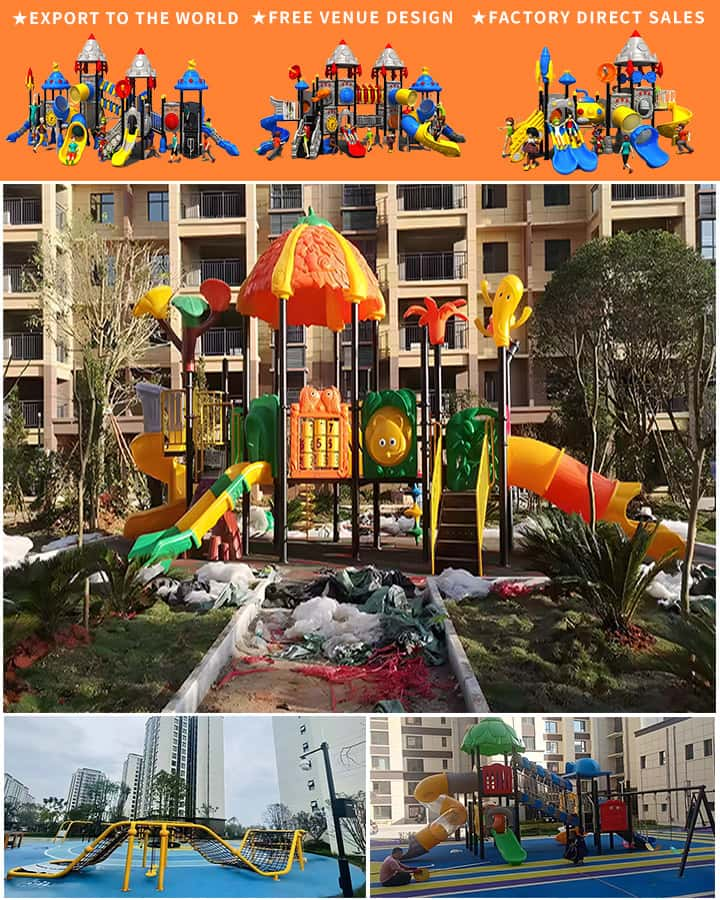School playgrounds are more than just spaces for children to run and play; they represent the evolving understanding of child development, safety, and education. Over the decades, school playground equipment has undergone significant transformations, reflecting broader societal changes and insights into children’s needs.
In the early 20th century, playgrounds were often simple affairs, consisting mainly of seesaws, swings, and merry-go-rounds. These rudimentary pieces of equipment were typically made from wood and metal, materials chosen more for their durability than for their safety features. The primary focus was on providing a basic level of physical activity and entertainment. However, as our understanding of childhood development grew, it became clear that these early playgrounds lacked many elements necessary for fostering comprehensive physical and social skills.

By mid-century, the post-World War II baby boom led to an increased emphasis on structured play and organized sports. Playgrounds began to feature more specialized equipment like jungle gyms, climbing structures, and basketball hoops. These additions aimed to promote physical fitness and coordination. During this period, there was also a growing awareness of safety concerns, leading to the incorporation of softer landing surfaces and rounded edges to reduce the risk of injury.
The latter part of the 20th century saw the rise of inclusive playground design. With the passing of legislation such as the Americans with Disabilities Act (ADA) in the United States, schools began to recognize the need for playground equipment that could be enjoyed by all children, regardless of their physical abilities. This shift introduced adaptive swings, transfer stations, and sensory play areas, ensuring that children with disabilities could participate in play alongside their peers.
Entering the 21st century, the focus expanded even further to include environmental sustainability and educational value. Modern playgrounds now often incorporate recycled materials and eco-friendly designs. Innovative structures like interactive water features, musical instruments, and nature-inspired elements encourage not only physical activity but also creativity and environmental awareness. Furthermore, there is a strong emphasis on incorporating technology, with smart playgrounds featuring digital elements that can track usage statistics or offer augmented reality experiences.
Today’s school playground equipment reflects a holistic approach to child development. It aims to provide a safe environment where children can develop physical fitness, social skills, and cognitive abilities through a variety of engaging activities. The evolution of playground equipment underscores the importance of play in a child’s overall growth and well-being, adapting to new insights and technologies to better serve future generations.
In conclusion, the journey of school playground equipment from simple wooden swings to sophisticated, inclusive, and sustainable play areas highlights our ever-deepening understanding of what children need to thrive. As we continue to innovate and improve, one thing remains constant: the joy and essential role of play in the lives of children.




